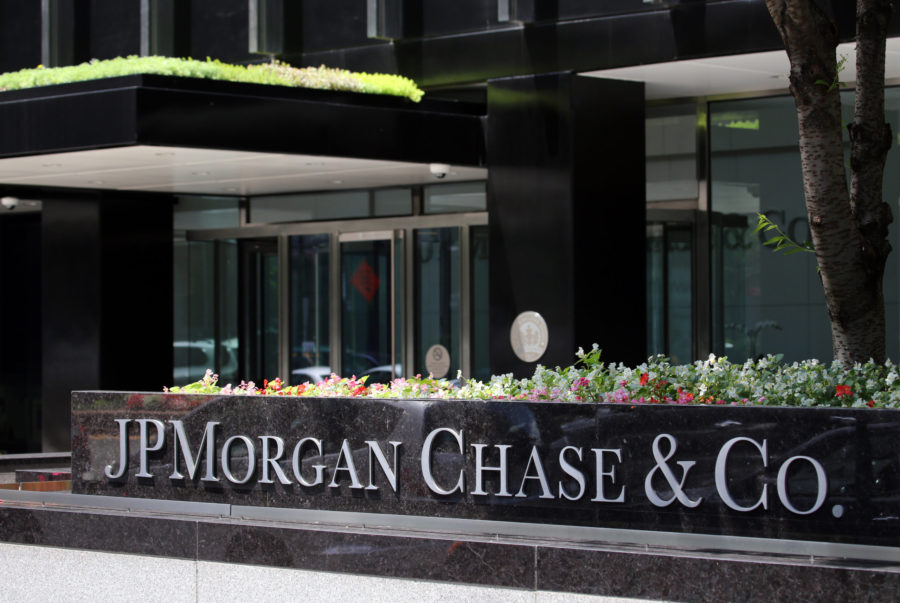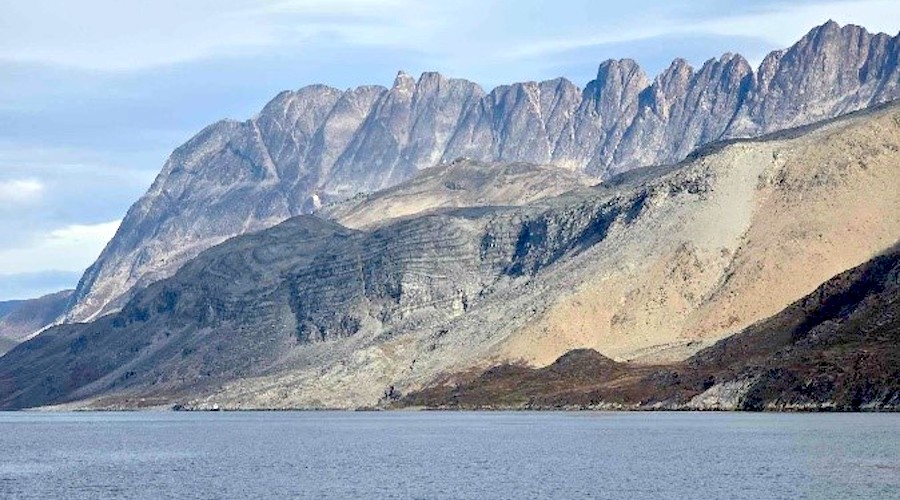Goldrush Encounters Gold Mineralization in RAB Drilling Program on Pompoi Permit, Contiguous With Roxgold’s Yaramoko Project in Burkina Faso
VANCOUVER, BRITISH COLUMBIA–(Marketwire – Feb. 1, 2012) – Goldrush Resources Ltd. (TSX VENTURE:GOD)(OTCQX:GDRRF) (“Goldrush” or the “Company”) is pleased to announce the results of a shallow Rotary Air Blast (“RAB”) drilling program on the Company’s Pompoi permit which is contiguous with and to the east of Roxgold Inc.’s (“Roxgold”) Yaramoko permit. The program included 5,433 metres of RAB drilling in 197 shallow holes along two fences oriented to traverse an interpreted east-west gold anomaly located in the southwest quadrant of the Pompoi permit. This anomalous area is 2.9 kilometres east of Roxgold’s recent Bagassi Central “55 Zone” high grade gold discovery.
Drill fence #1 was drilled across the southwest corner of the Pompoi permit in a southeast-northwest direction over a linear distance of 2.08 kilometres. Coverage and testing of the saprolite on this line was approximately 85% with short gaps of from 10 to 55 linear metres and totalling 295 linear metres, occurring where the RAB drill encountered thick laterite gravel and/or the water table. Assays of the drill samples revealed the presence of four, two metre thick mineralized intersections that varied from 0.47 to 7.40 g/t Au. Three of these intersections occurred in laterite gravels and may have been transported an undetermined distance from a bedrock source.
Hole PPRB11-110, the most westernmost hole on drill fence #1, was collared approximately 45 metres from the commonYaramoko-Pompoi property boundary. The intersection of 0.47 g/t Au over 2 metres at a vertical depth of 27 metres in hole PPRB11-110 occurred in quartz veining in granitic saprolite, which is very similar to the host rock setting at the Bagassi Central discovery. The intersection in hole -110 is open in all directions and the orientation of the mineralization is unknown at this time.
Drill fence #2 was drilled over a linear distance of 1.54 kilometres across the southwest corner of the Pompoi permit, subparallel to and approximately one kilometre northeast of drill fence 1. Coverage and testing of the saprolite was limited to approximately 25% with gaps varying from 30 to 760 linear metres and totalling 1180 linear metres, due to the presence of thick laterite gravels, a shallow water table and the dwellings of a native village. As a result, the program did not conclusively test the soil anomaly along this line and an alternative drilling method (air core or RC drilling) may be required in this area.
Hole PPRB11-176 on drill fence #2 intersected 2.3 g/t Au over 2 metres at a vertical depth of 10 metres, this intersection also occurring in granitic saprolite, which is similar to the host rock setting at the Bagassi Central discovery. The intersection in hole -176 is open in all directions and the orientation of the mineralization is unknown at this time.
Commenting on the results of this initial drilling program Len Brownlie, President and CEO of Goldrush, noted: “The initial RAB program on the southwest quadrant of the Pompoi permit has been successful in demonstrating the presence of gold mineralization in a similar setting to that encountered by Roxgold at Bagassi Central. Roxgold’s nearby success, combined with data from regional aeromagnetics and the results of our soil geochemistry and RAB drilling have confirmed that the Pompoi permit contains highly prospective targets that will require near term follow up. Coupled with our recent drilling success at our Ronguen gold deposit and our pipeline of 10 other exploration projects in Burkina Faso, we look forward to a very active and successful 2012 exploration campaign.”
Click here for the full news release
More News
JPMorgan scoops over 5% stake in Rio Tinto
This would make the investment bank Rio's second-largest shareholder after global investment manager Vanguard Group.
March 12, 2025 | 03:58 pm
Drill more, mine more on public lands, US interior secretary urges
Interior Secretary Doug Burgum said he believes the Trump administration can unwind between 20% and 30% of the country's regulations.
March 12, 2025 | 02:23 pm
Critical Metals releases S-K 1300 report on Tanbreez rare earth project in Greenland
Tanbreez is one of the largest rare earth deposits in the world.
March 12, 2025 | 01:55 pm
{{ commodity.name }}
{{ post.title }}
{{ post.excerpt }}
{{ post.date }}




Comments